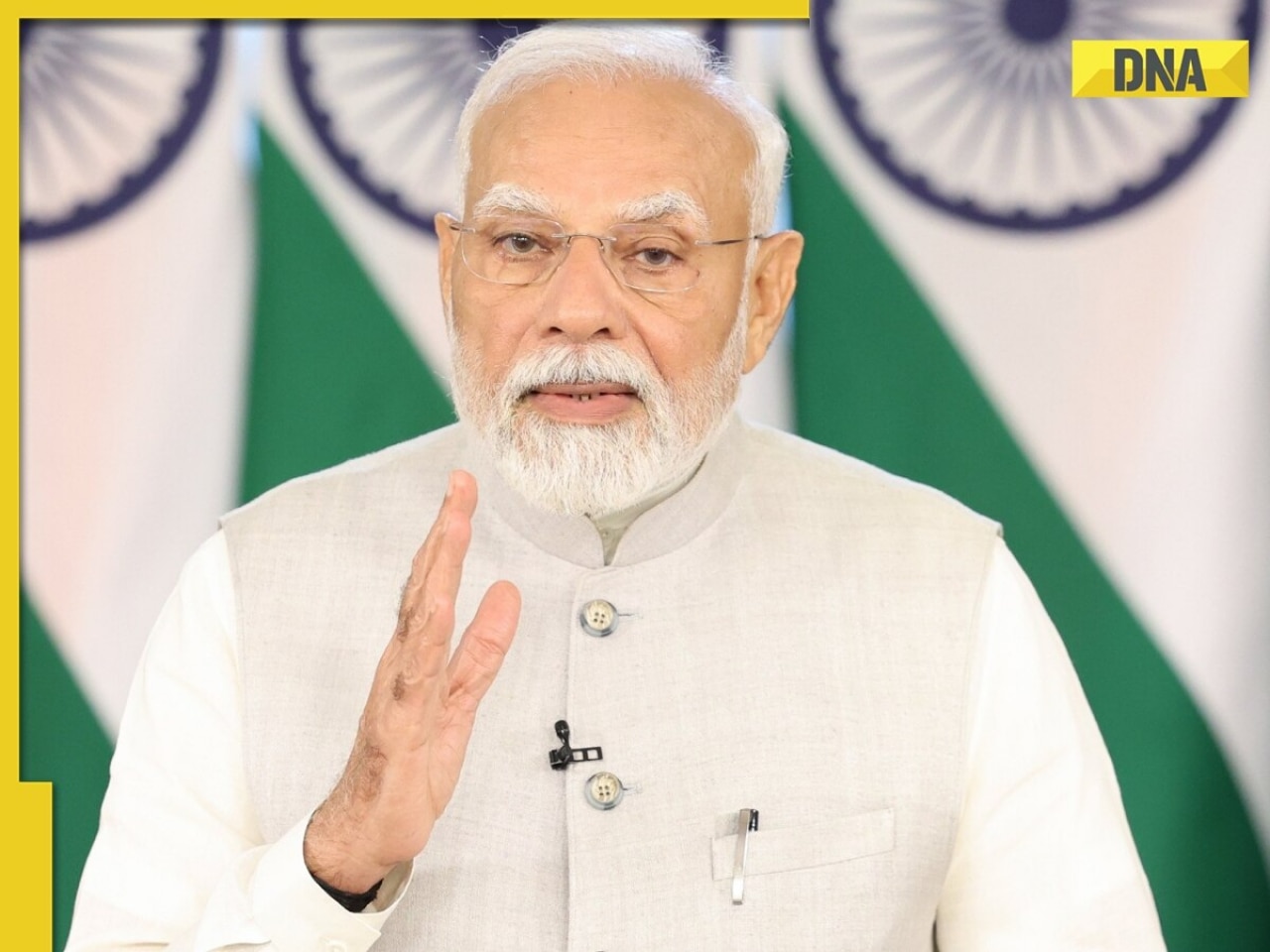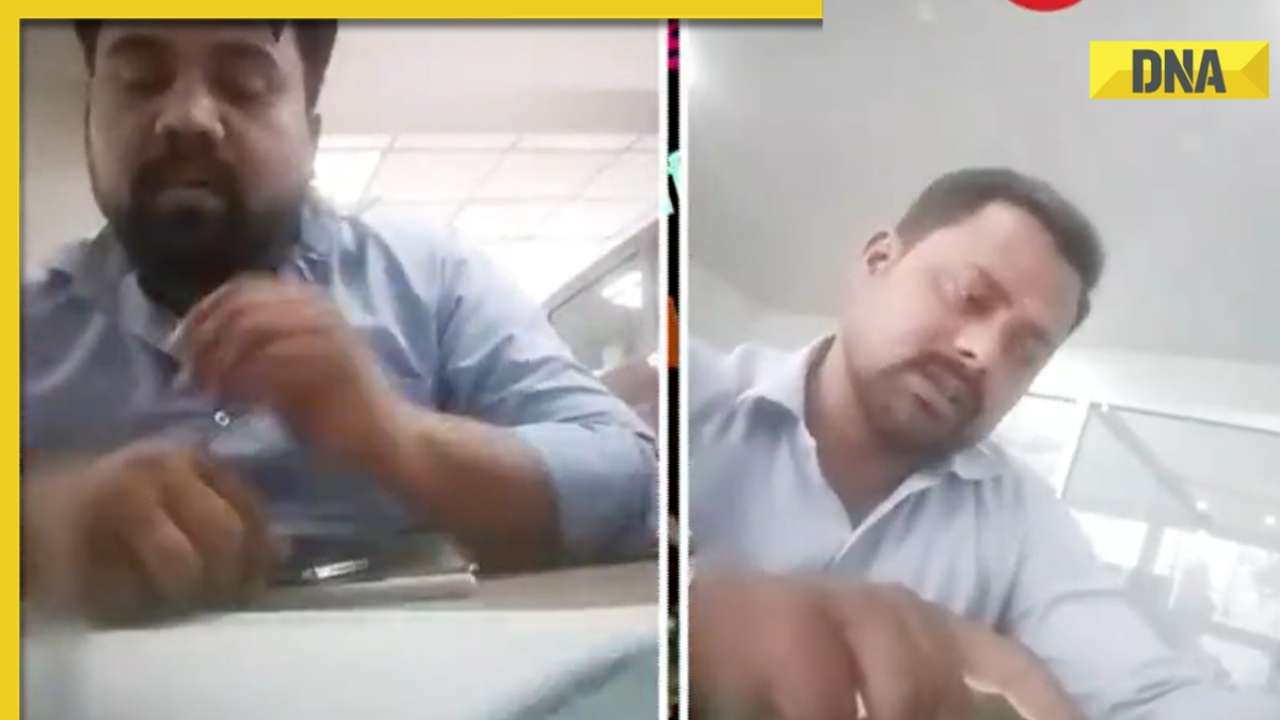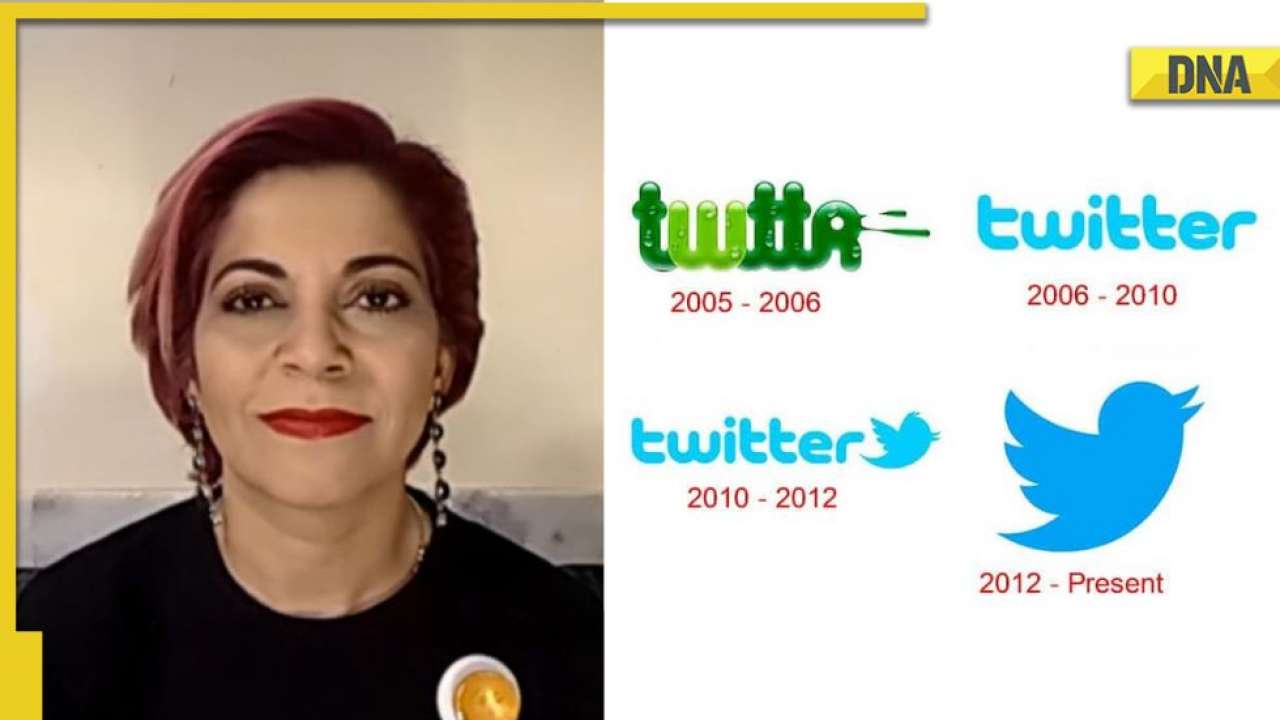Scientists at Columbia University in the US have developed a robot capable of growing and healing by consuming other robots. Researchers behind the invention say it marks a major step in the creation of self-sustaining machines. Read on to know more about it.
The "cannibal" robot, as it is being called, works through a process that has described as "robot metabolism."
Scientists at Columbia University in New York, United States have developed a robot capable of growing and healing by consuming other robots. Researchers behind the invention say it marks a major step in the creation of self-sustaining machines that can lead to a whole new dimension of autonomy for artificial intelligence (AI) tech. The "cannibal" robot, as it is being called, works through a process that has described as "robot metabolism." It allows the machine to self-assemble and enhance its performance by adding new pieces and discarding old parts that have run out of battery or no longer serve a purpose.
How does the 'cannibal' robot work?
Columbia University researchers said about the invention: "It is possible to form machines that can grow physically and become more capable within their lifetime by consuming and recycling material from their immediate surroundings and other machines." The study has been published in the journal Science Advances. The researchers demonstrated how Truss Links -- a robotic magnet stick inspired by the Geomag toy -- can self-assemble into two-dimensional shapes which could later turn into three-dimensional robots. The robot can further improve itself by adding new parts, effectively "growing" and becoming more capable.
What do researchers say about it?
While the development of self-sustaining robots is still in an early stage, researchers say the creation of Truss Links is a stride towards a future where robots can adapt and improvise all by themselves. "True autonomy means robots must not only think for themselves but also physically sustain themselves," Philippe Martin Wyder, the lead author of the study, said in a statement. "Just as biological life absorbs and integrates resources, these robots grow, adapt, and repair using materials from their environment or from other robots." Online reactions to the news have been mixed, with many people questioning the need for such a machine. "Science fiction was a warning, not an instruction manual," one user quipped on social media.
Find your daily dose of All
Latest News including
Sports News,
Entertainment News,
Lifestyle News, explainers & more. Stay updated, Stay informed-
Follow DNA on WhatsApp.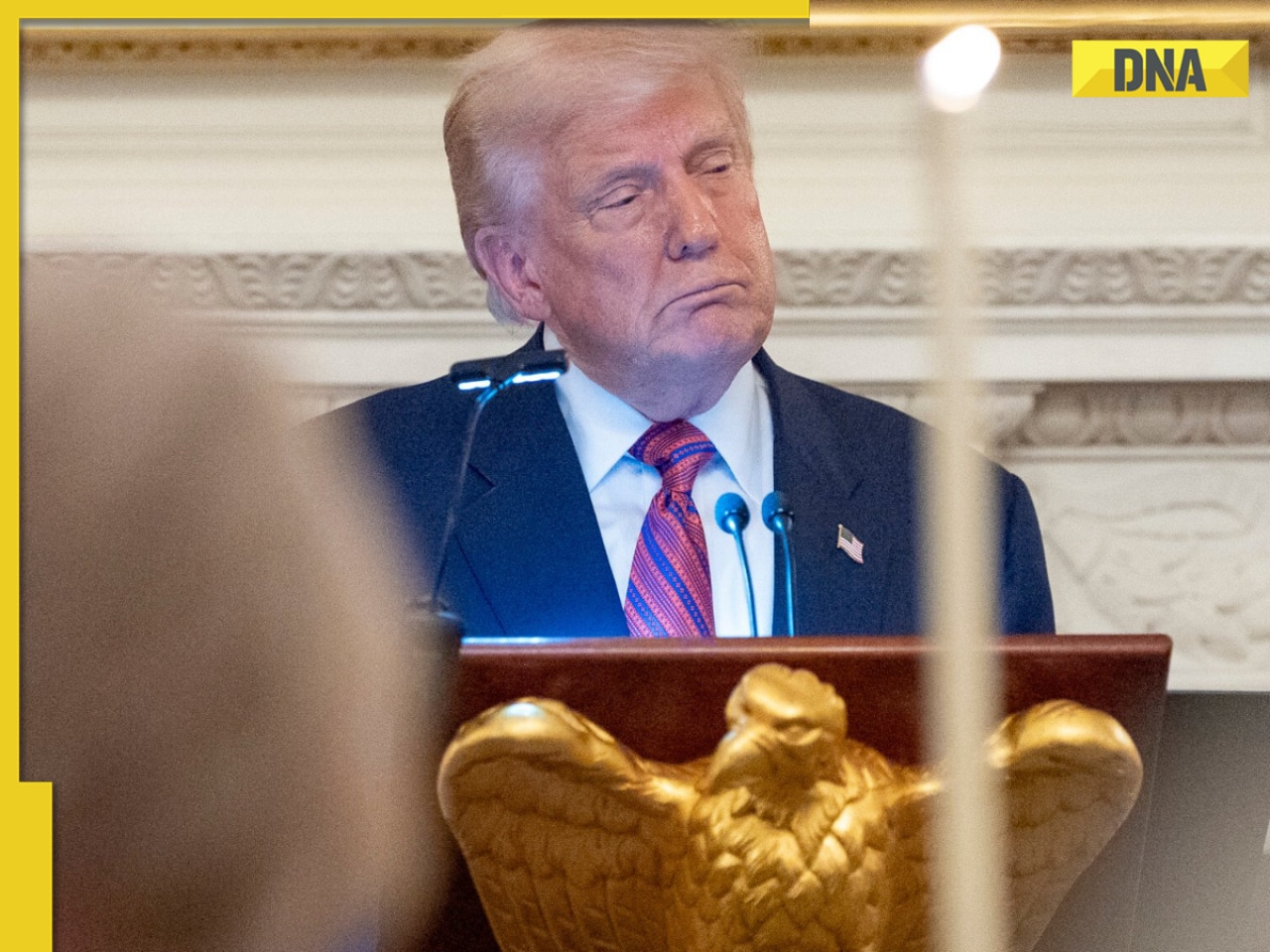 Donald Trump issues BIG statement on Gaza, says US will partner with Israel to...
Donald Trump issues BIG statement on Gaza, says US will partner with Israel to...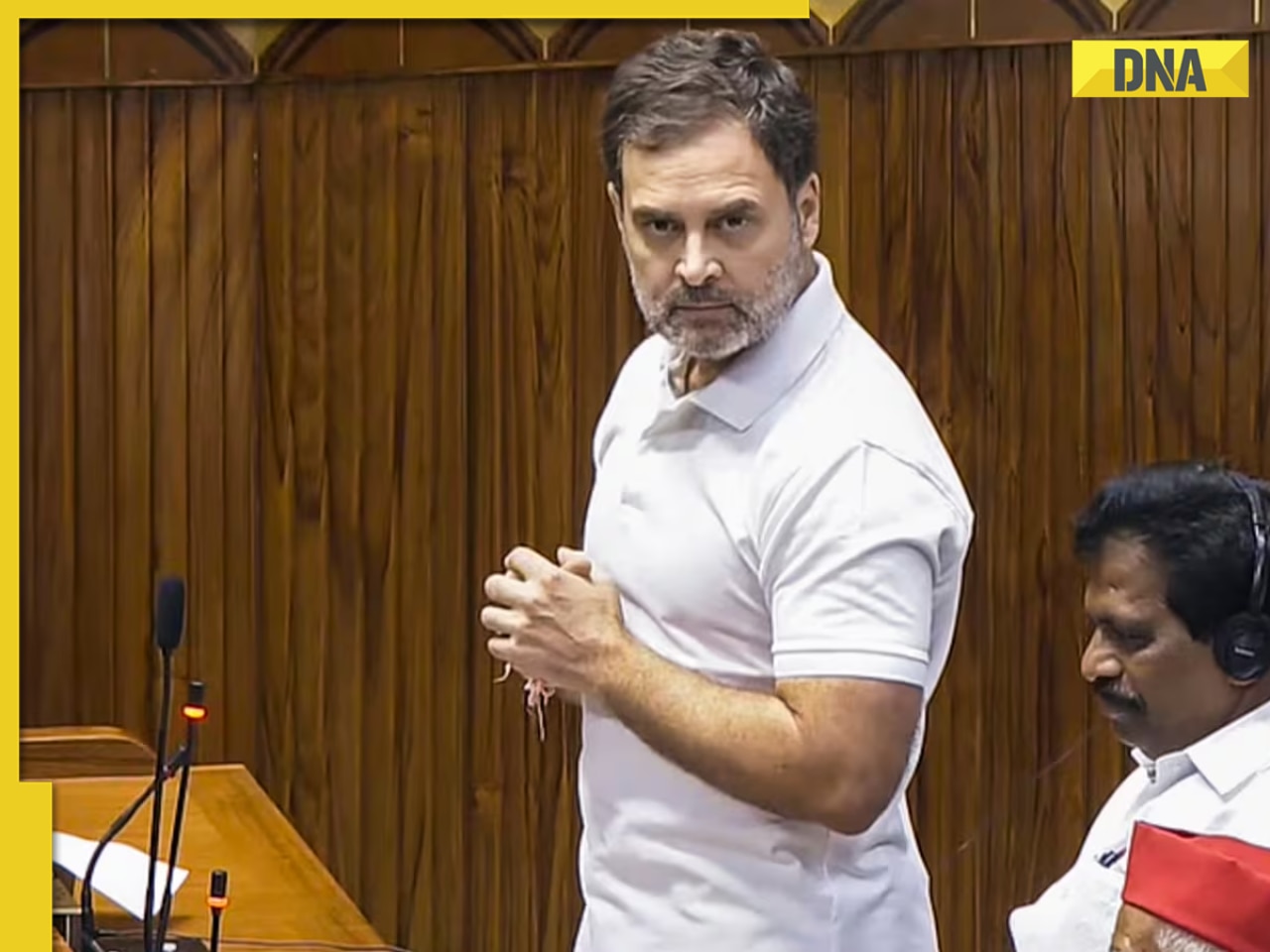 Rahul Gandhi slams PM Modi over his Parliament speech on Operation Sindoor, says, 'He never said...'
Rahul Gandhi slams PM Modi over his Parliament speech on Operation Sindoor, says, 'He never said...' Meet Daya Nayak, Mumbai Police 'encounter specialist' promoted to ACP rank, he inspired THIS Bollywood film
Meet Daya Nayak, Mumbai Police 'encounter specialist' promoted to ACP rank, he inspired THIS Bollywood film Aamir Khan reveals why he decided not to release Sitaare Zameen Par on OTT: 'I never liked that model, I believe...'
Aamir Khan reveals why he decided not to release Sitaare Zameen Par on OTT: 'I never liked that model, I believe...'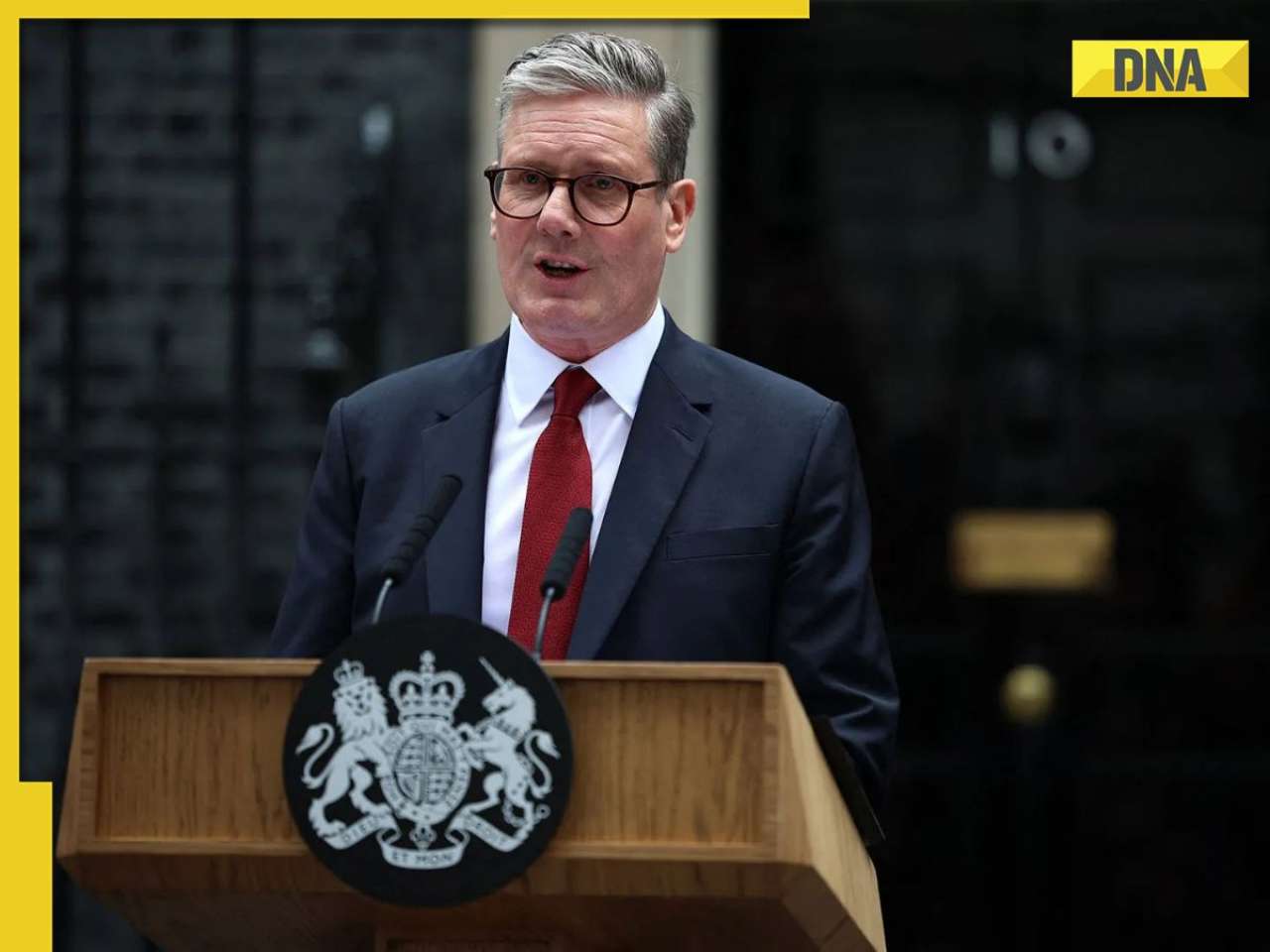 UK Prime Minister Keir Starmer says Britain will recognize state of Palestine before UN unless..., discusses issue with Donald Trump
UK Prime Minister Keir Starmer says Britain will recognize state of Palestine before UN unless..., discusses issue with Donald Trump 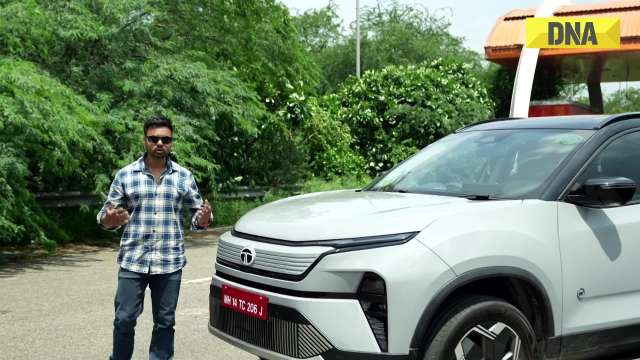 Tata Harrier EV Review | Most Advanced Electric SUV from Tata?
Tata Harrier EV Review | Most Advanced Electric SUV from Tata?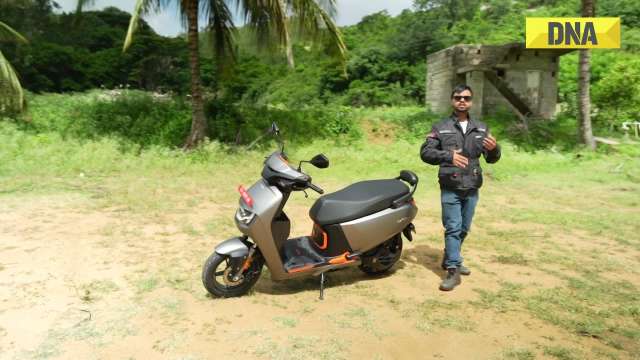 Vida VX2 Plus Electric Scooter Review: Range, Power & Real-World Ride Tested!
Vida VX2 Plus Electric Scooter Review: Range, Power & Real-World Ride Tested!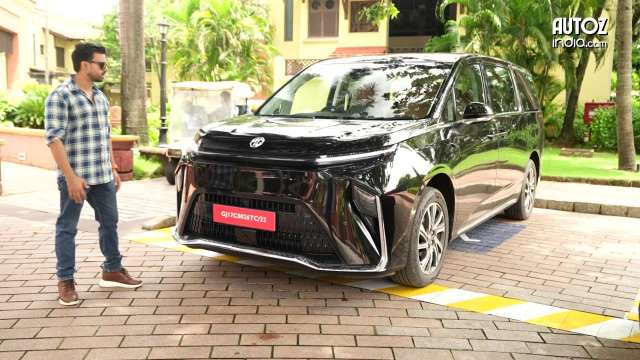 MG M9 Electric Review | Luxury EV with Jet-Style Rear Seats! Pros & Cons
MG M9 Electric Review | Luxury EV with Jet-Style Rear Seats! Pros & Cons Iphone Fold: Apple’s iPhone Fold Could Solve Samsung’s Biggest Foldable Problem | Samsung Z Fold 7
Iphone Fold: Apple’s iPhone Fold Could Solve Samsung’s Biggest Foldable Problem | Samsung Z Fold 7 Trump News: Congress Seeks Answers On Trump's Alleged Mediation In Operation Sindoor
Trump News: Congress Seeks Answers On Trump's Alleged Mediation In Operation Sindoor New Income Tax Bill 2025 to change tax rates on LTCG? I-T dept said this
New Income Tax Bill 2025 to change tax rates on LTCG? I-T dept said this Ratan Tata's TCS loses Rs 28149 crore in 48 hours after layoff announcement, market cap declines to Rs...
Ratan Tata's TCS loses Rs 28149 crore in 48 hours after layoff announcement, market cap declines to Rs... Mukesh Ambani-owned RIL signs deal with ONGC, to explore ... from...
Mukesh Ambani-owned RIL signs deal with ONGC, to explore ... from... Mukesh Ambani launches JioPC AI cloud computer at Rs...; check plans, benefits, more
Mukesh Ambani launches JioPC AI cloud computer at Rs...; check plans, benefits, more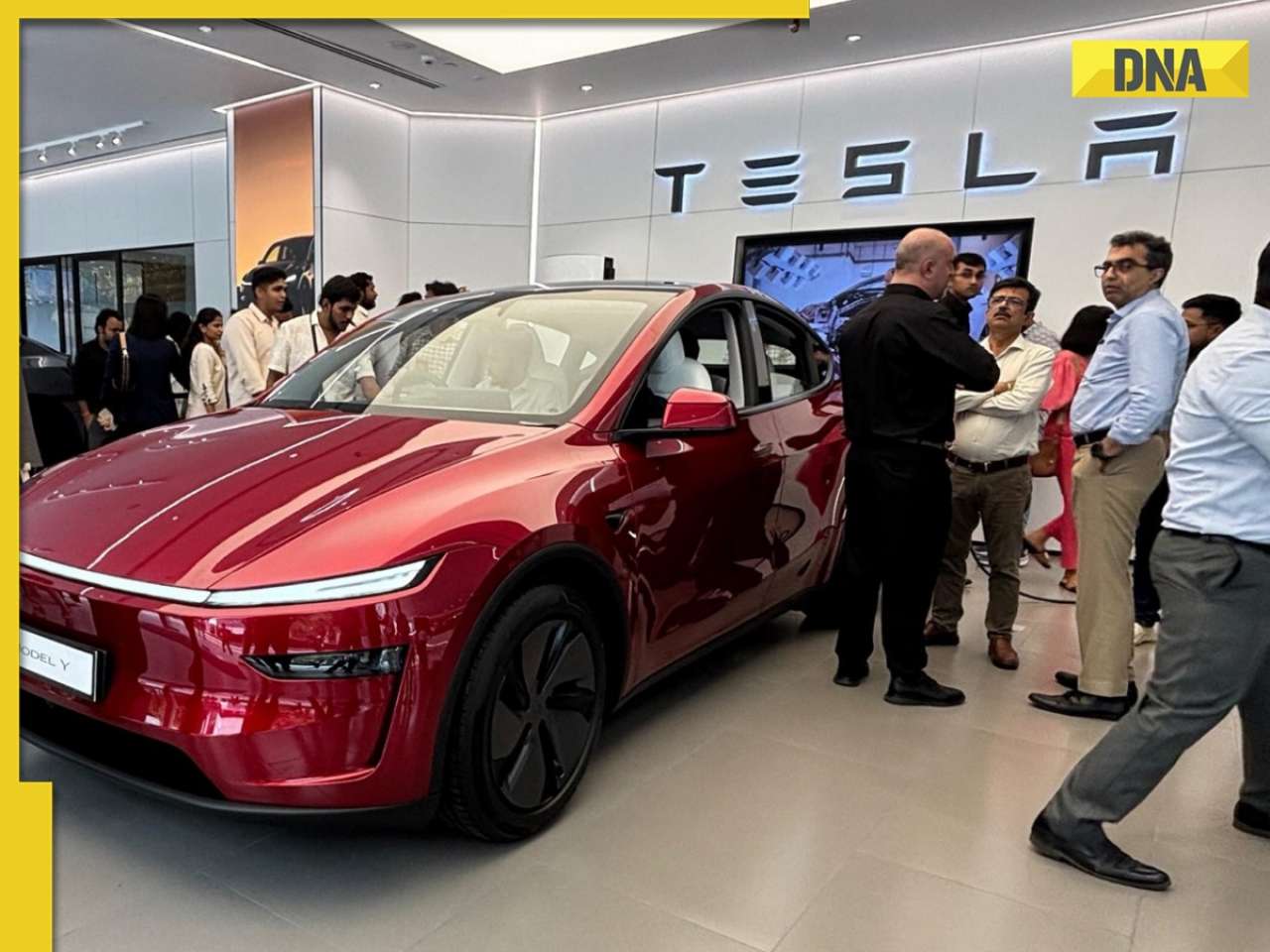 Elon Musk's Tesla set to open another flagship showroom in this Indian city, not Noida, Bengaluru, Chennai
Elon Musk's Tesla set to open another flagship showroom in this Indian city, not Noida, Bengaluru, Chennai Raksha Bandhan 2025: Top 5 getaways to celebrate sibling bond
Raksha Bandhan 2025: Top 5 getaways to celebrate sibling bond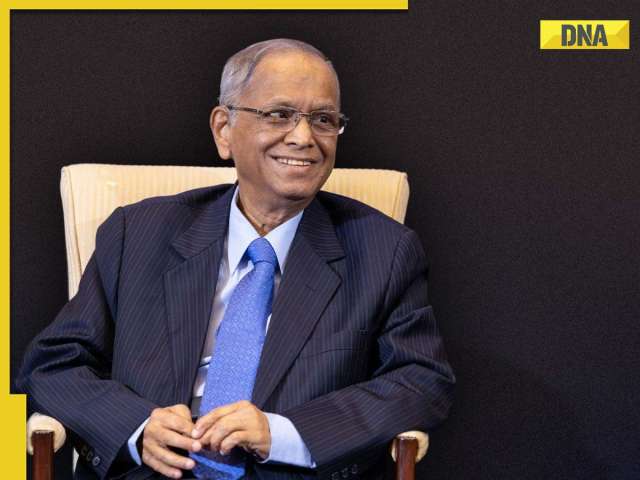 Narayana Murthy’s parenting advice: 7 common mistakes every parent should avoid
Narayana Murthy’s parenting advice: 7 common mistakes every parent should avoid  Jr NTR’s net worth: A peek into his Rs 500 crore fortune, luxury cars, investments and more
Jr NTR’s net worth: A peek into his Rs 500 crore fortune, luxury cars, investments and more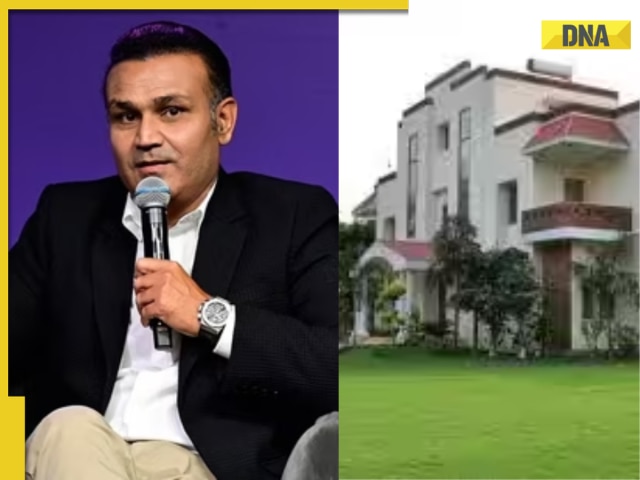 Step inside Virender Sehwag’s Rs 130 crore Delhi mansion with 12 lavish rooms, trophy room, private temple, and luxury garage
Step inside Virender Sehwag’s Rs 130 crore Delhi mansion with 12 lavish rooms, trophy room, private temple, and luxury garage Like Ahaan Panday, these Bollywood stars have private Instagram handles
Like Ahaan Panday, these Bollywood stars have private Instagram handles Rahul Gandhi slams PM Modi over his Parliament speech on Operation Sindoor, says, 'He never said...'
Rahul Gandhi slams PM Modi over his Parliament speech on Operation Sindoor, says, 'He never said...' Meet Daya Nayak, Mumbai Police 'encounter specialist' promoted to ACP rank, he inspired THIS Bollywood film
Meet Daya Nayak, Mumbai Police 'encounter specialist' promoted to ACP rank, he inspired THIS Bollywood film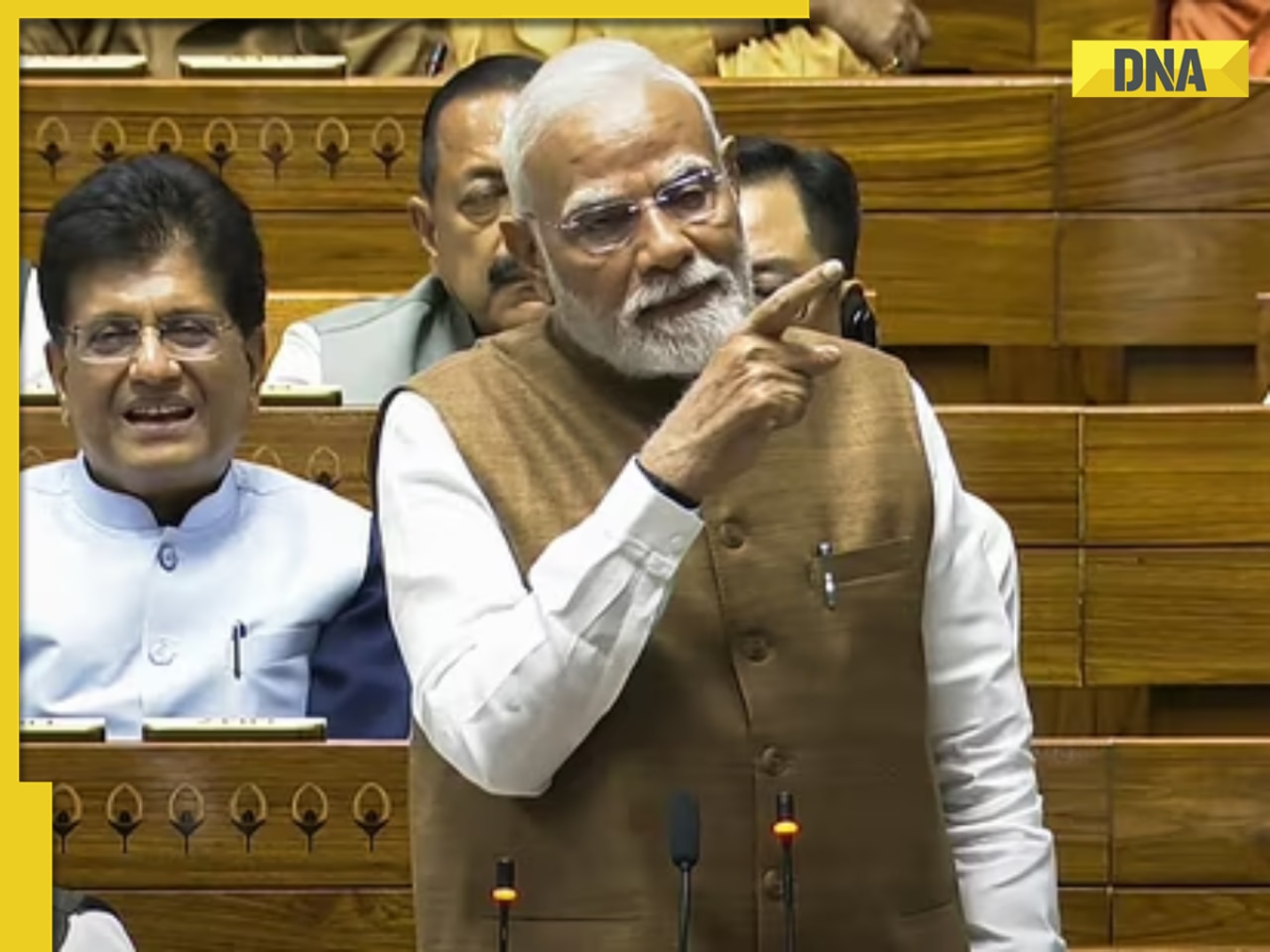 PM Modi makes BIG statement during speech in Parliament, says, 'No world leader...'
PM Modi makes BIG statement during speech in Parliament, says, 'No world leader...' Renowned Indian astrologer predicts another temple stampede, warns against traveling to these areas in 2025
Renowned Indian astrologer predicts another temple stampede, warns against traveling to these areas in 2025 Pakistan-Bangladesh nexus exposed, India's neighbours allow visa-free entry for each other, how will it affect
Pakistan-Bangladesh nexus exposed, India's neighbours allow visa-free entry for each other, how will it affect RRB NTPC UG 2025: City intimation slip out, know exam details, direct link here
RRB NTPC UG 2025: City intimation slip out, know exam details, direct link here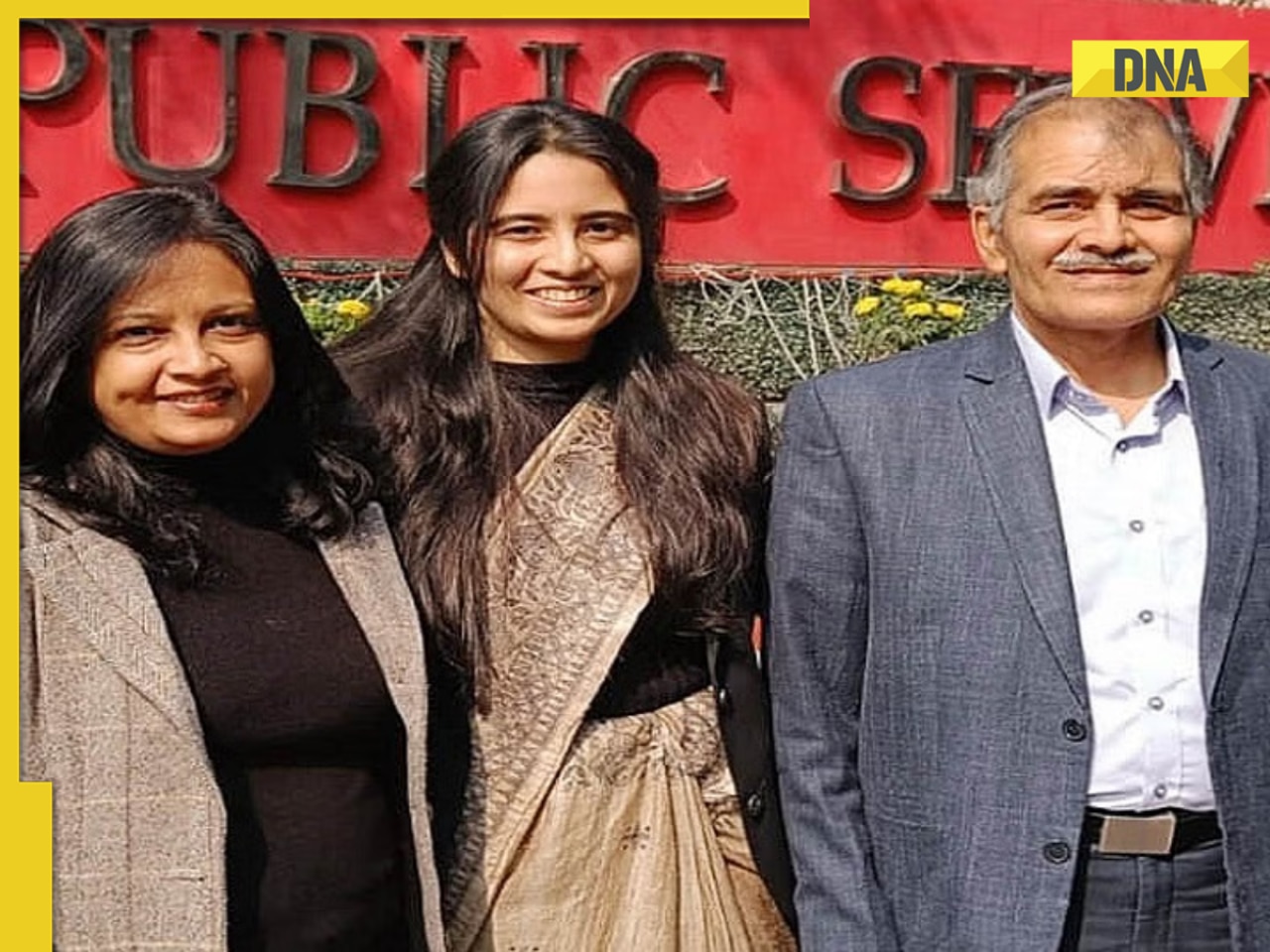 Meet woman who is from small town, didn't settle for IRTS, cracked UPSC again to become...
Meet woman who is from small town, didn't settle for IRTS, cracked UPSC again to become...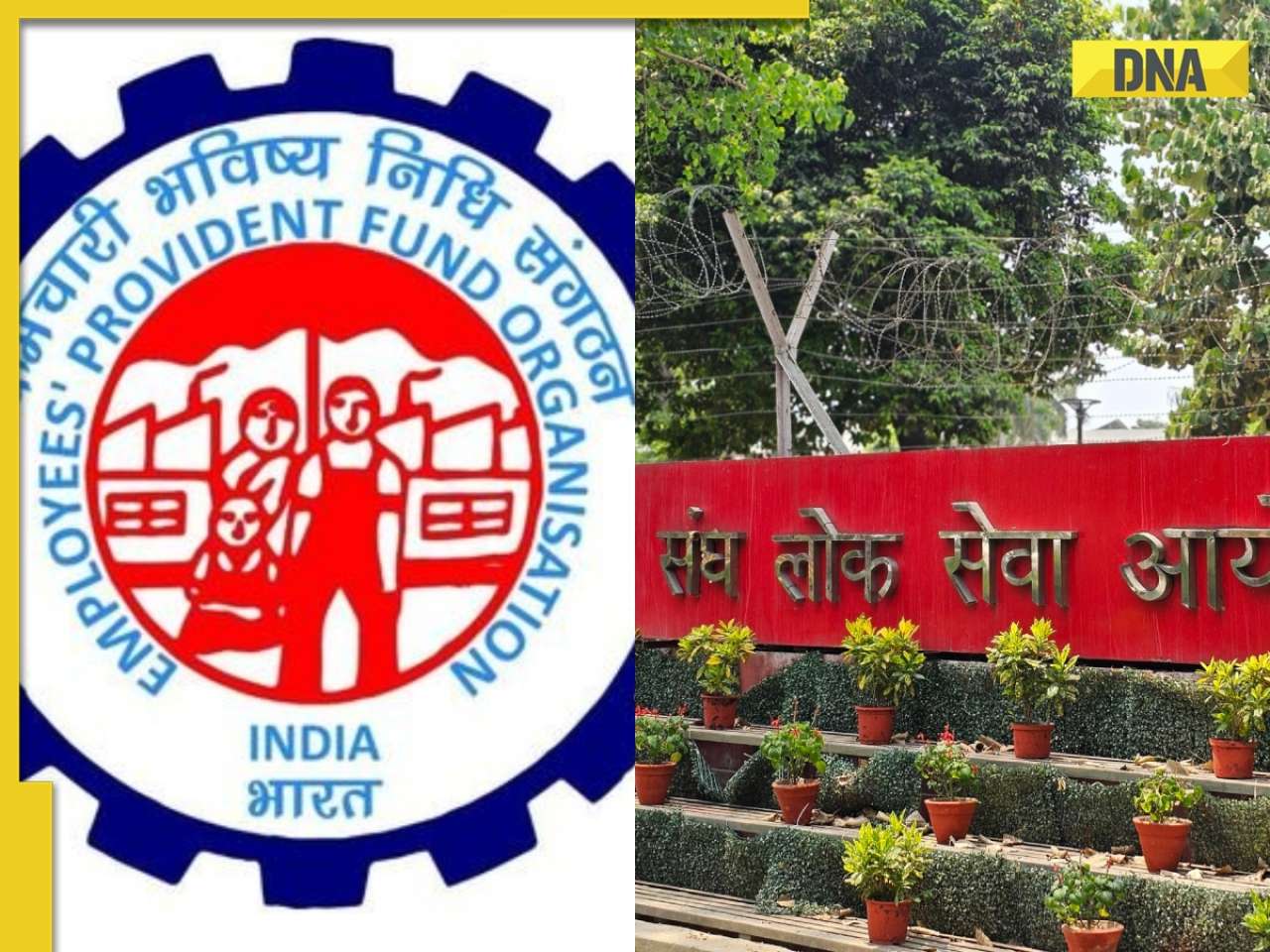 UPSC EPFO 2025 recruitment begins for 230 vacancies; check steps to apply, eligibility, last date, and more
UPSC EPFO 2025 recruitment begins for 230 vacancies; check steps to apply, eligibility, last date, and more Where is Nalin Khandelwal, the 2019 NEET UG topper? What is he doing now?
Where is Nalin Khandelwal, the 2019 NEET UG topper? What is he doing now?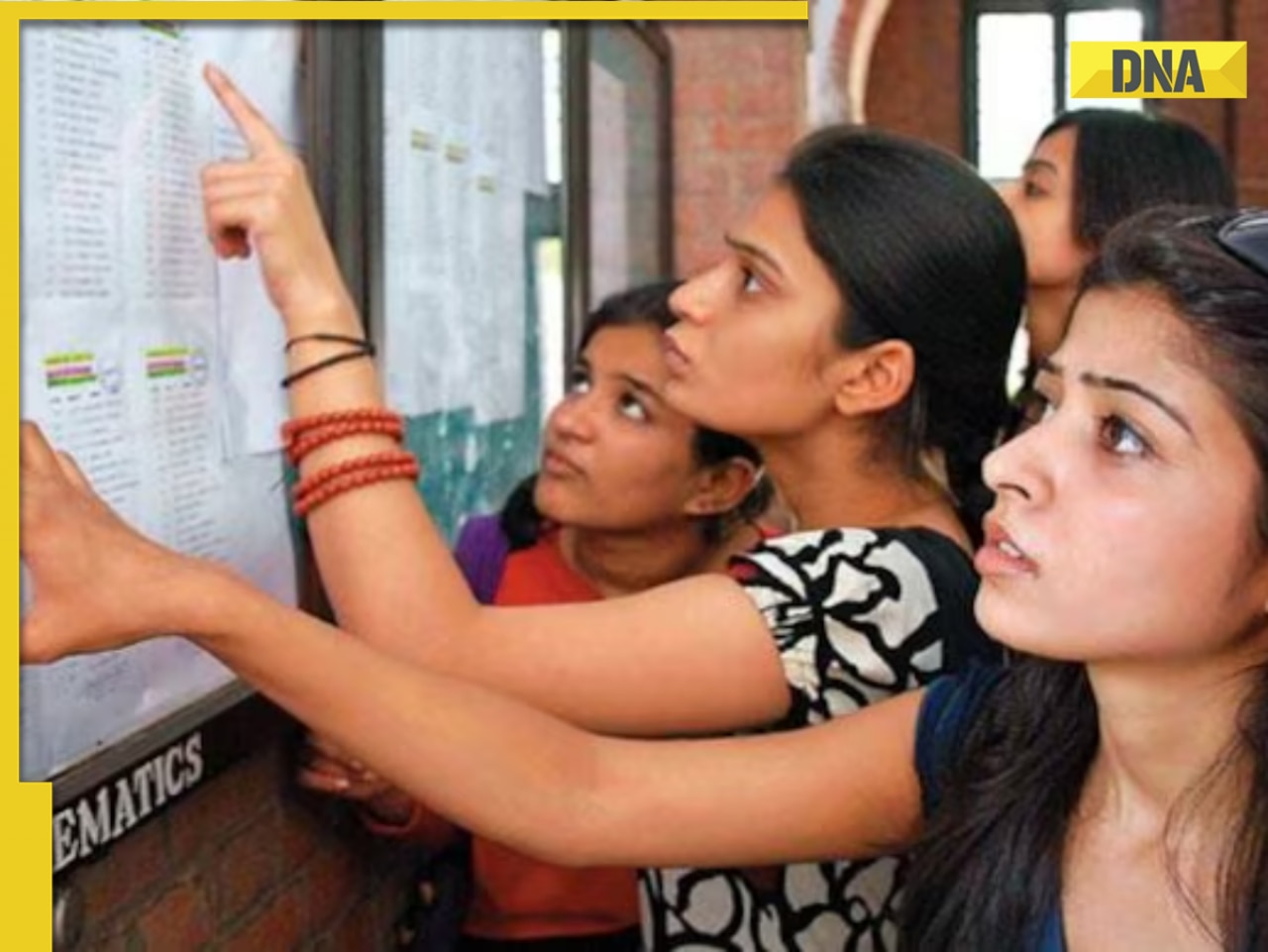 Delhi University UG admissions 2nd allotment list released, here's how you can download it
Delhi University UG admissions 2nd allotment list released, here's how you can download it Maruti Suzuki's e Vitara set to debut electric market at Rs..., with range of over 500 km, to launch on...
Maruti Suzuki's e Vitara set to debut electric market at Rs..., with range of over 500 km, to launch on...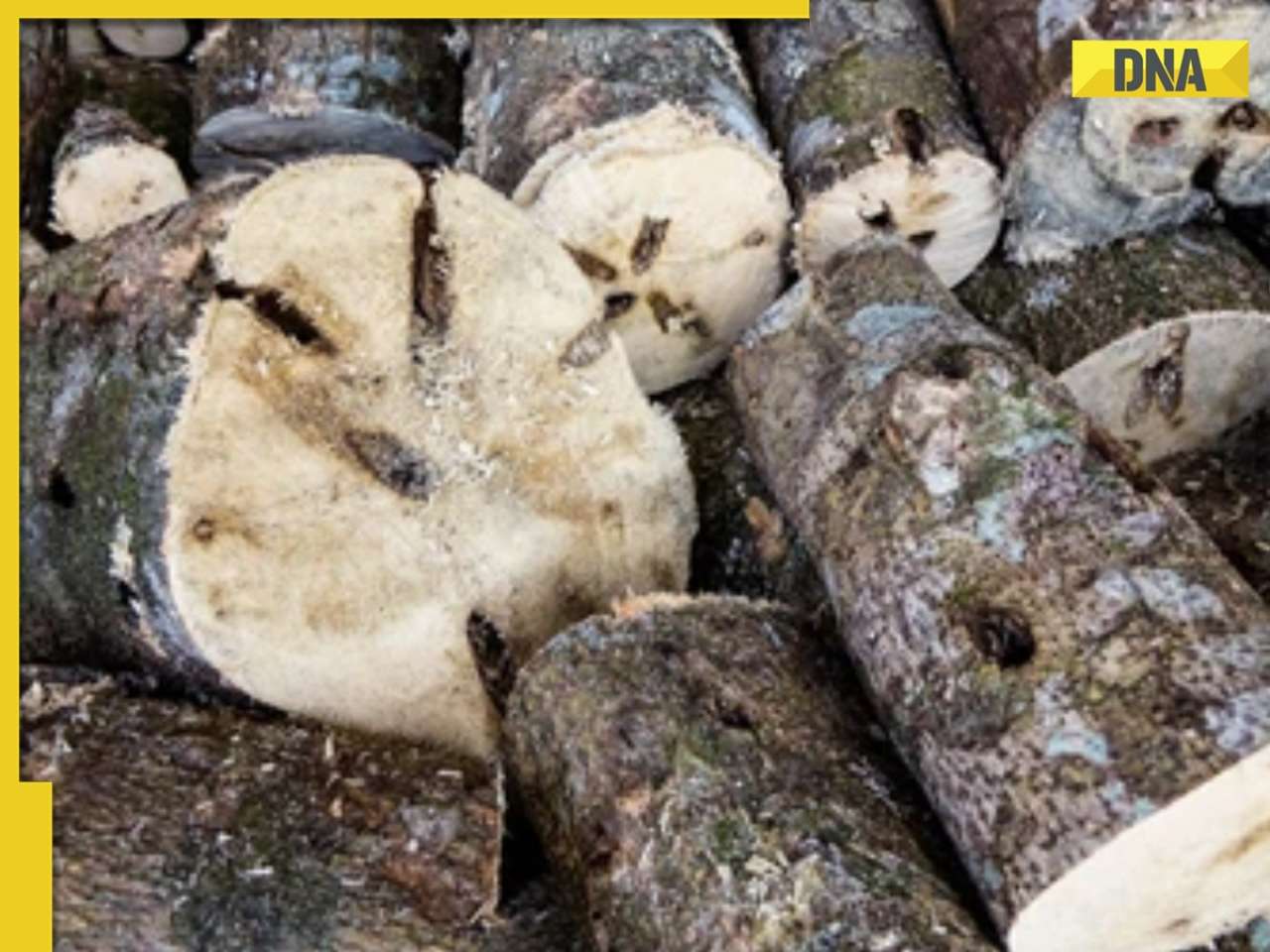 This is world’s most expensive wood, cost of 1kg wood is more than gold, its name is..., is found in...
This is world’s most expensive wood, cost of 1kg wood is more than gold, its name is..., is found in...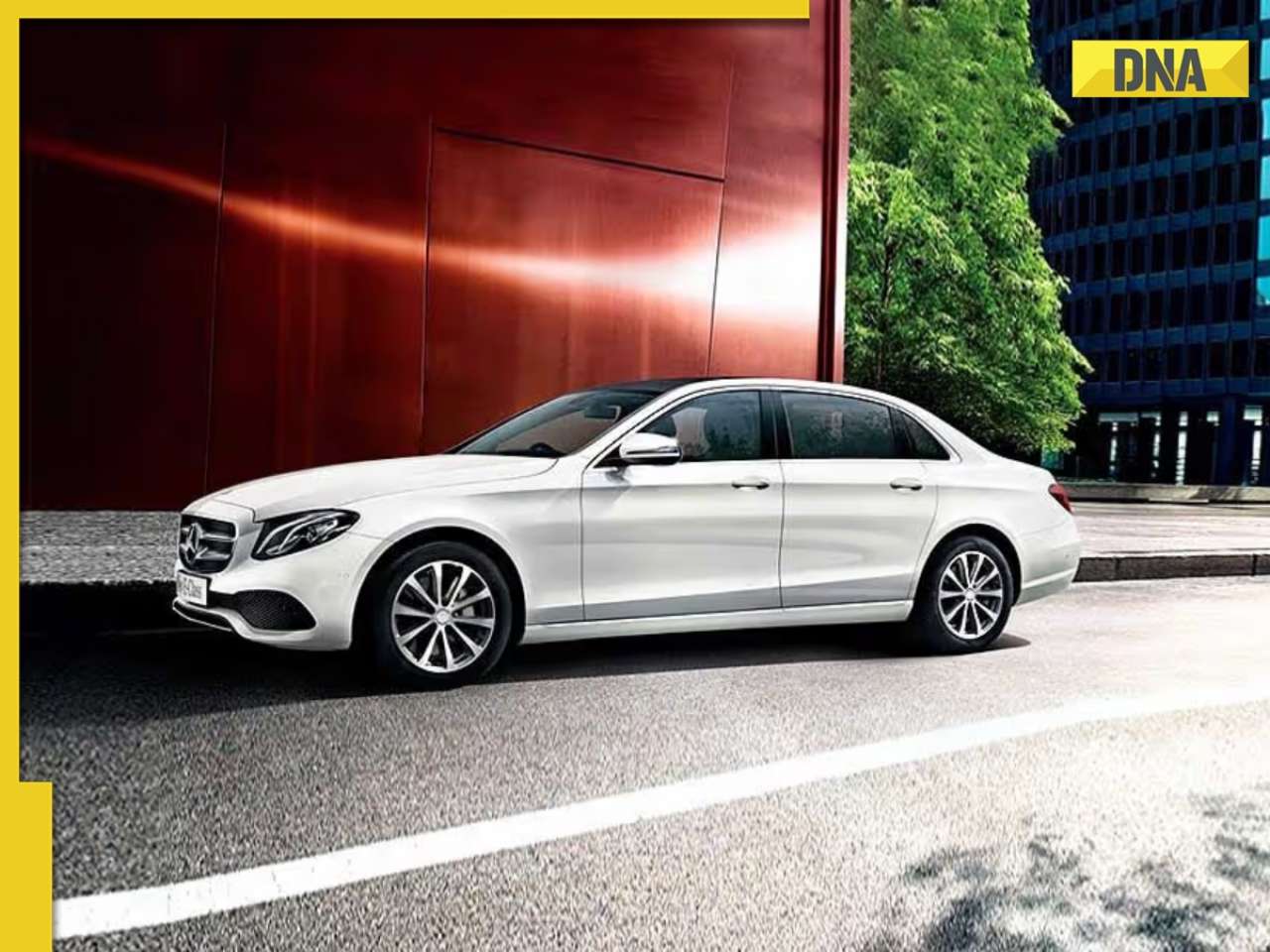 This luxury car is first choice of Indians, even left BMW, Jaguar, Audi behind in sales, it is...
This luxury car is first choice of Indians, even left BMW, Jaguar, Audi behind in sales, it is...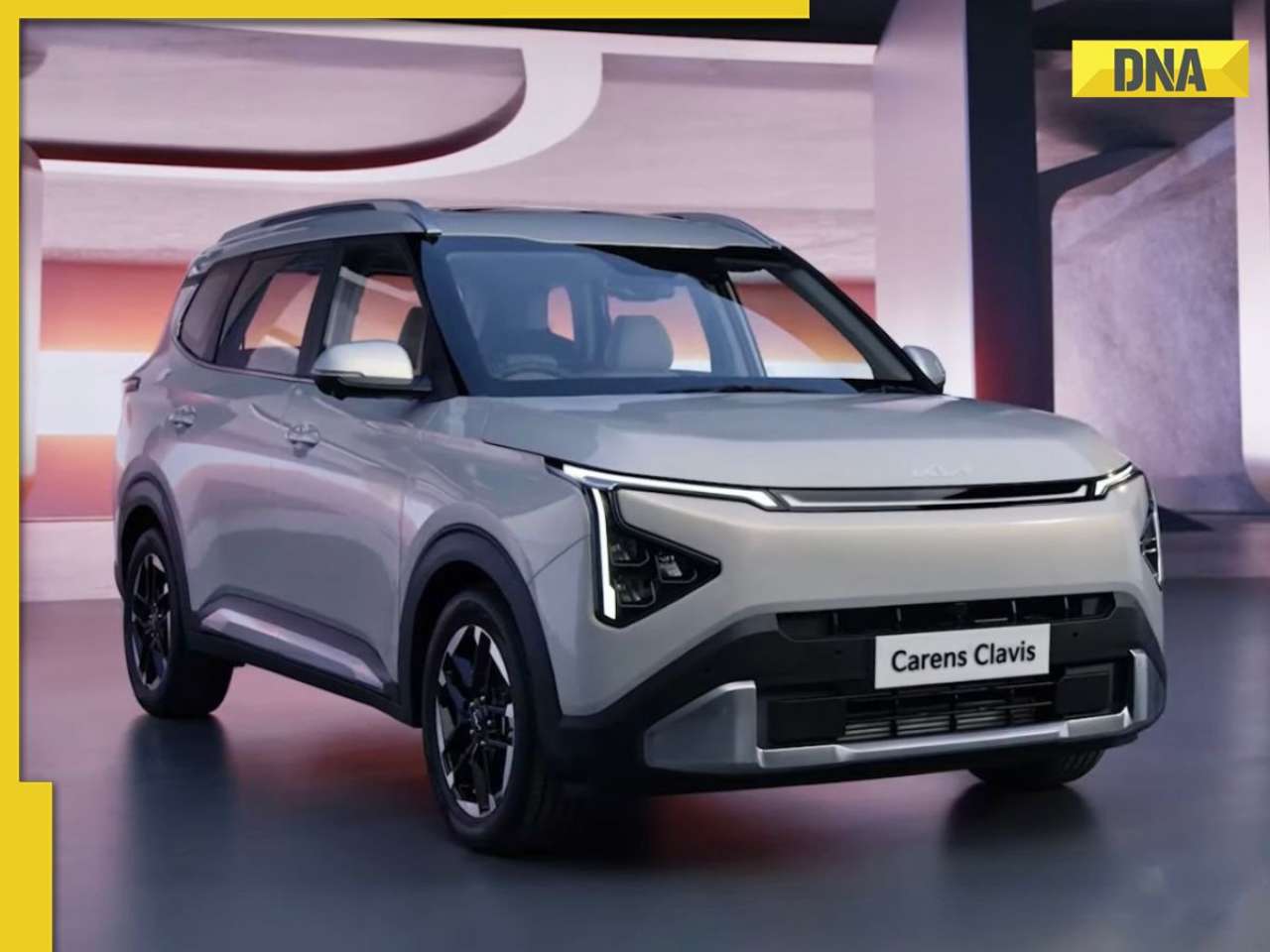 Kia India unveils Carens Clavis: Check features, design changes, price and more; bookings open on...
Kia India unveils Carens Clavis: Check features, design changes, price and more; bookings open on...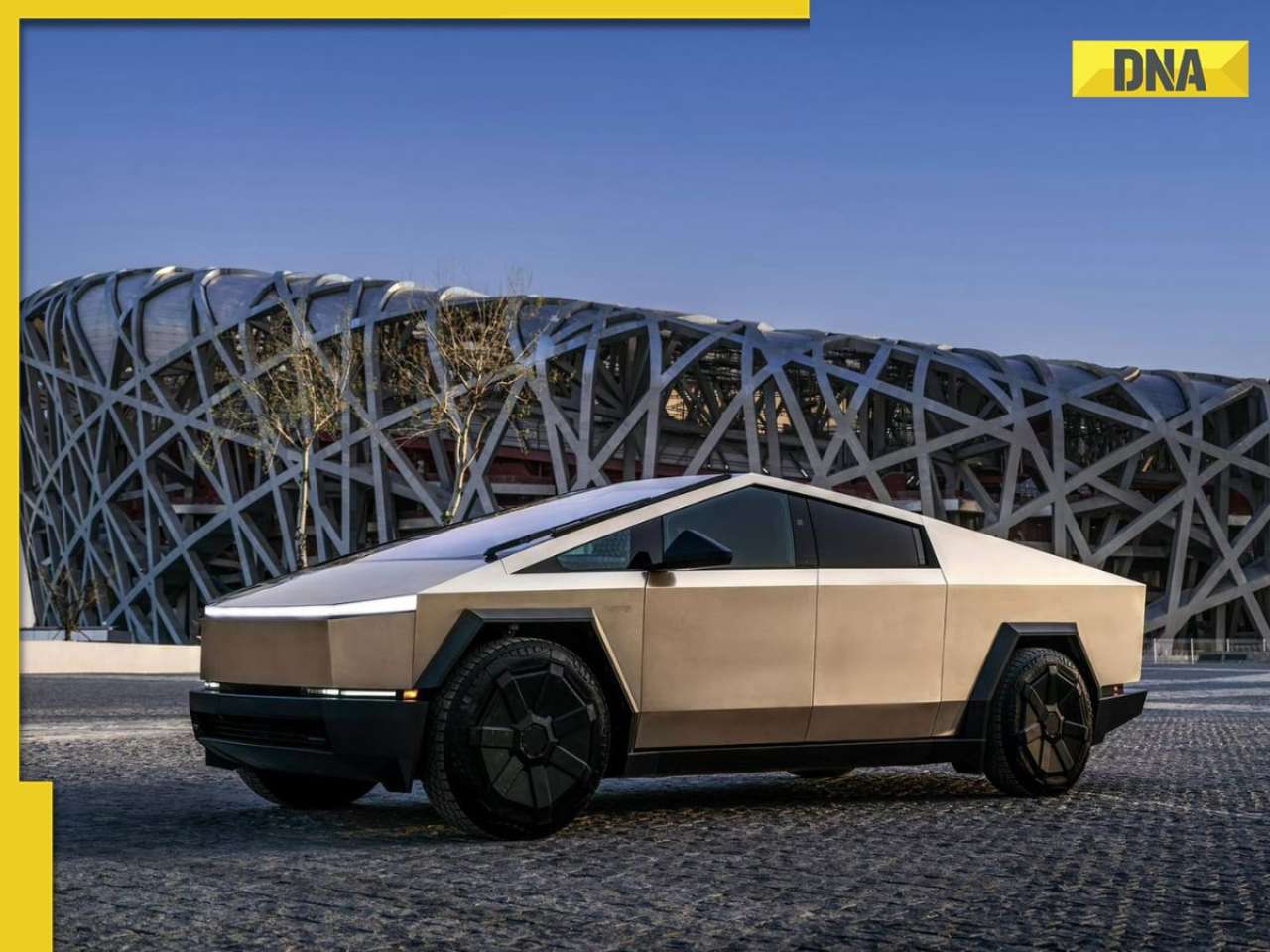 Tesla CEO Elon Musk launches most affordable Cybertruck, but it costs Rs 830000 more than older version, it is worth Rs...
Tesla CEO Elon Musk launches most affordable Cybertruck, but it costs Rs 830000 more than older version, it is worth Rs...



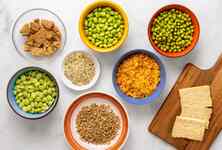





)
)
)
)
)
)
)
)
)
)
)
)
)
)
)
)

